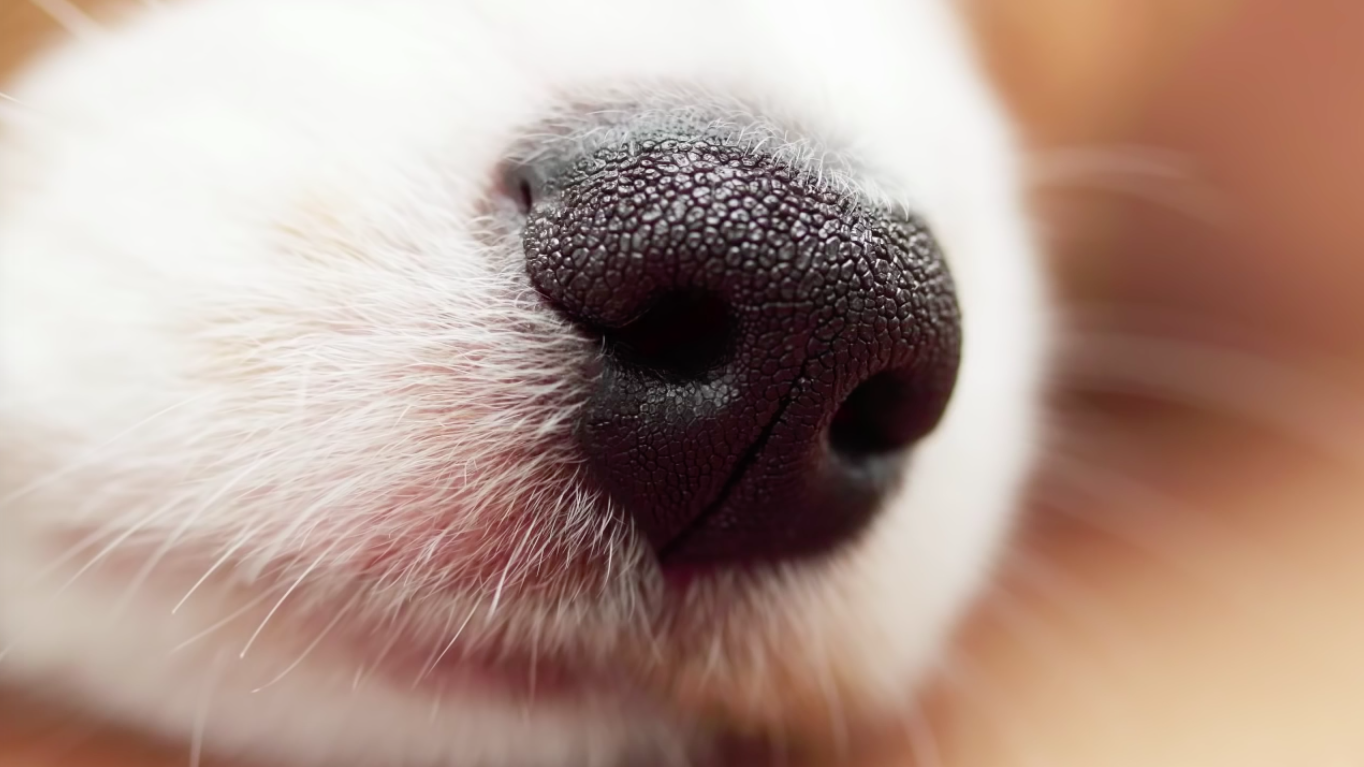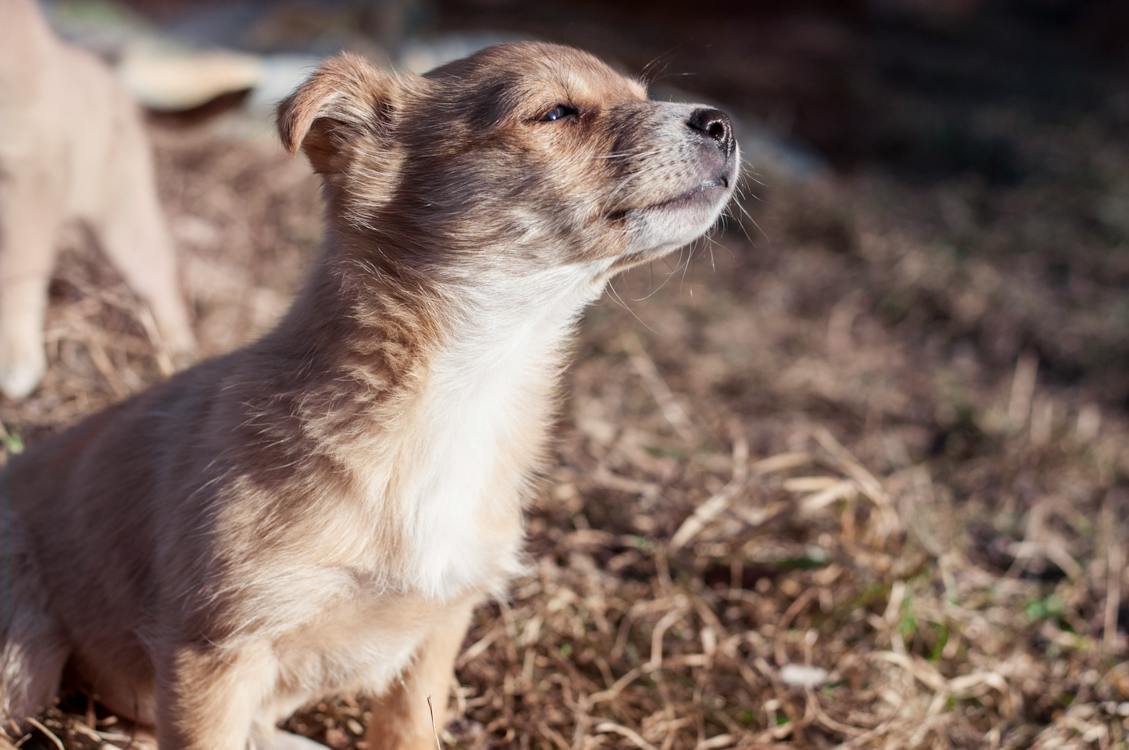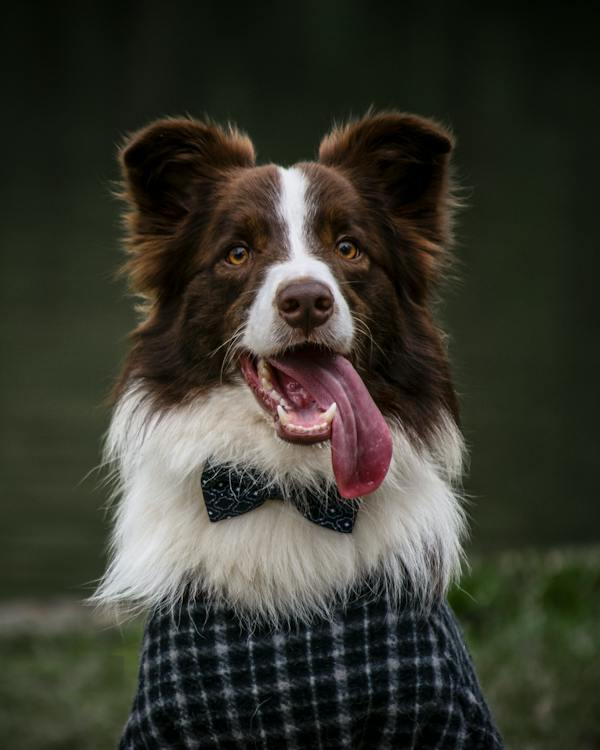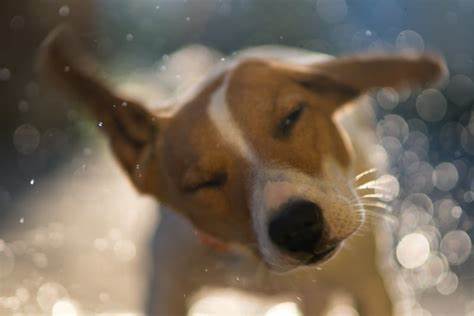Carbon monoxide is an insidious poisonous gas that’s undetectable to human senses. But given their superior sniffers, could man’s best friend alert us to this stealthy killer? Understanding how dogs experience scents, their physiologic sensitivity, and real world evidence provides insight into canine carbon monoxide detection abilities.
How Dogs Perceive Scents
To understand if dogs can smell carbon monoxide specifically requires first appreciating their scent perception abilities in general:
- Dogs possess up to 300 million olfactory receptors compared to humans’ 5-6 million. This allows them to detect extremely low concentrations of odorous vapors.
- Scent molecules enter the nostrils and bind to highly sensitive receptor cells. Input travels to the olfactory cortex for identification.
- A large portion of a dog’s brain is dedicated to analyzing scents, sorting complex odor patterns.
- Dogs use flehmen reactions like lip curling to trap scents for enhanced sampling and identification.
- Powerful sniffing involves inhaling bursts of air to direct odors over specialized scent membrane.
So dogs have the anatomy and sensory skills to potentially detect gaseous compounds at levels far below human thresholds. But carbon monoxide presents unique challenges.

The Properties of Carbon Monoxide Gas
Carbon monoxide (CO) is a common yet deadly poison:
- Formed from incomplete combustion of carbon-based fuels like propane and gasoline when ventilation is inadequate.
- Has no color, taste, or scent perceptible to humans even at deadly concentrations.
- Bonds to red blood cells more readily than oxygen, causing asphyxiation.
- Causes flu-like symptoms that may seem like food poisoning or a virus, preventing self-diagnosis.
- Lingers low to the ground so victims in beds are often affected first.
So carbon monoxide’s complete scentlessness to humans plus insidious symptoms that delay alarm makes early warning crucial. Could canine sniffers alert us sooner?
Evidence of Dogs Smelling Carbon Monoxide
Contradictory information exists on dogs’ carbon monoxide detection ability:
- Some owners describe dogs refusing to enter or acting agitated in rooms later found to contain dangerous CO levels.
- Dog physiology lacks specific receptors suspected to be required to smell the gaseous compound itself. Their symptoms may result from associated scents versus directly smelling CO.
- Dogs succumb to lower concentrations of CO than humans. But signs are non-specific and unlikely to be recognized as CO poisoning by owners.
- Not all dogs have attempted to alert owners to documented cases of high household CO levels. Individual sensitivity factors may be at play.
While not conclusively proven, dogs likely sense associated side effects versus the precise CO compound. Still, advanced awareness could save lives.

Recognizing Carbon Monoxide Poisoning in Dogs
Watch for these signs your dog may be sensing carbon monoxide before you do:
- Refusing to enter certain rooms like the garage or basement for no prior reason
- Reluctance to go on walks or rides in the car
- Lagging energy levels
- Dizziness or loss of coordination
- Nausea or vomiting
- Rapid breathing or increased heart rate
Take their behavior as an urgent prompt to assess for CO leaks and install detectors. Their actions likely relay physical distress from exposure rather than smelling CO itself. Still, sensitivity dogs may sense associated phenols or acids emitted as red flags.
Roles Dogs Play in Carbon Monoxide Detection
How exactly might dogs aid in carbon monoxide detection?
- Spur owners – Alertness to dog illness prompts owners to discover CO threats. Dogs essentially act as the proverbial “canary in a coal mine.”
- Earlier warning – Potential ability to sense related compounds gives dogs a jump on heightened awareness.
- Rouse owners – Dogs may paw, whine, or lick sleeping owners to intervene for their own wellbeing.
- Prevent re-entry – Dogs refusing to re-enter suspect areas keeps owners from going in unaware.
So while the extent of direct carbon monoxide smelling remains uncertain, dogs still provide a protective instinct we can follow for safety.
Conclusion
Given their evolutionary gifts of scent, dogs can potentially smell associated markers of carbon monoxide leaks we remain oblivious to until dangerously late stages. Heeding your dog’s reluctance or malaise regarding certain environments may provide life-saving clues to evacuate and ventilate before CO poisoning escalates. Though unproven as precise direct CO detectors, observant pups alert us to investigate situations that don’t smell right according to their sensitive snouts. Stay alert for any unusual warnings from your furry companions when carbon monoxide risks lurk.



